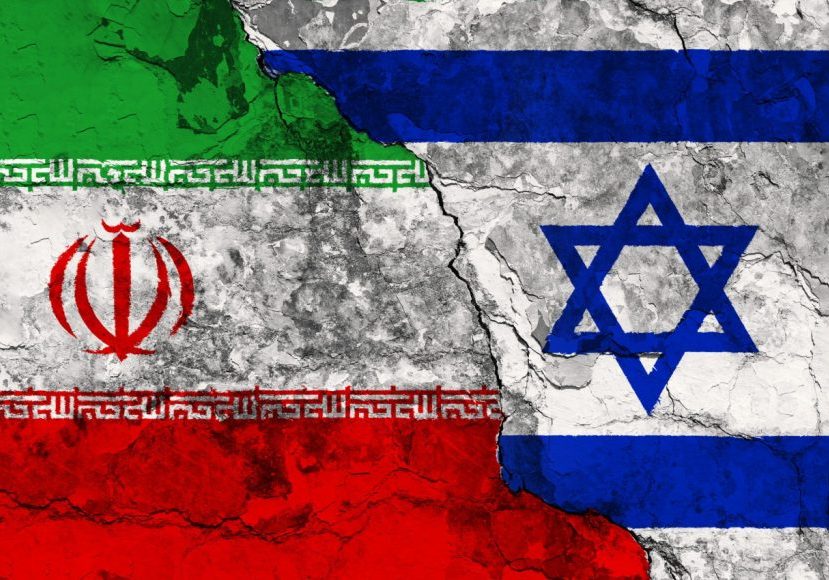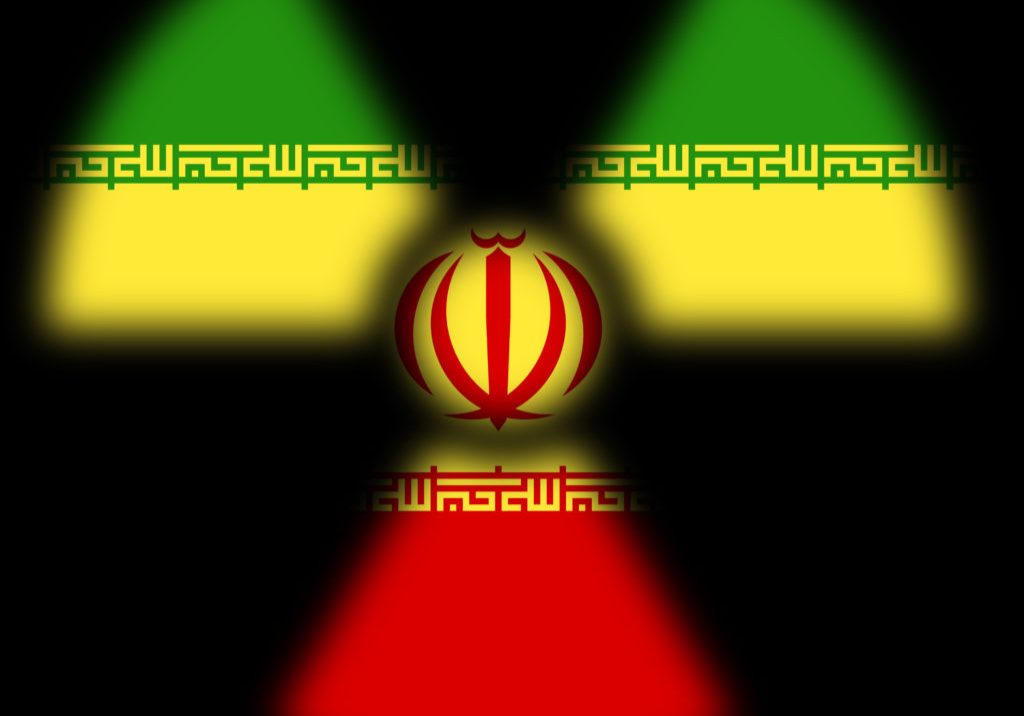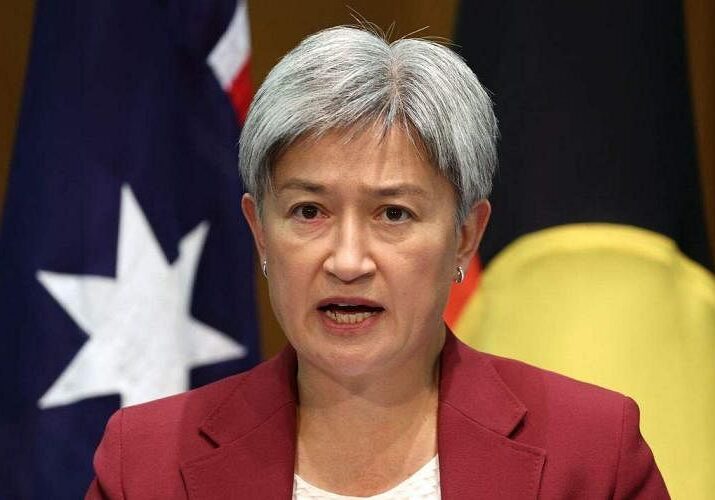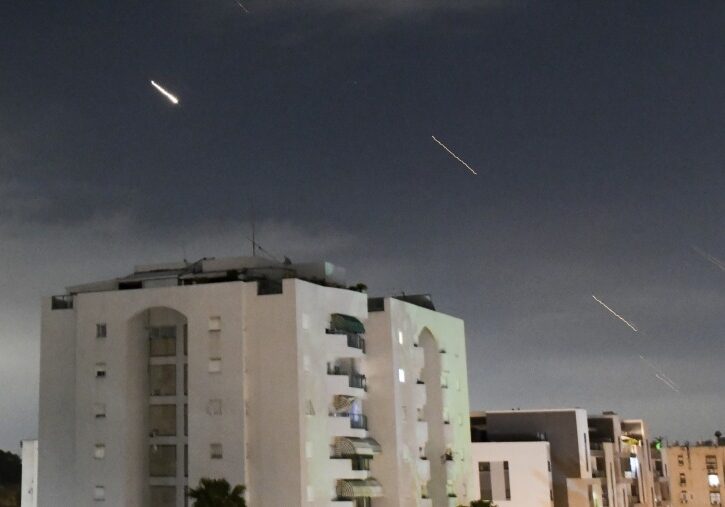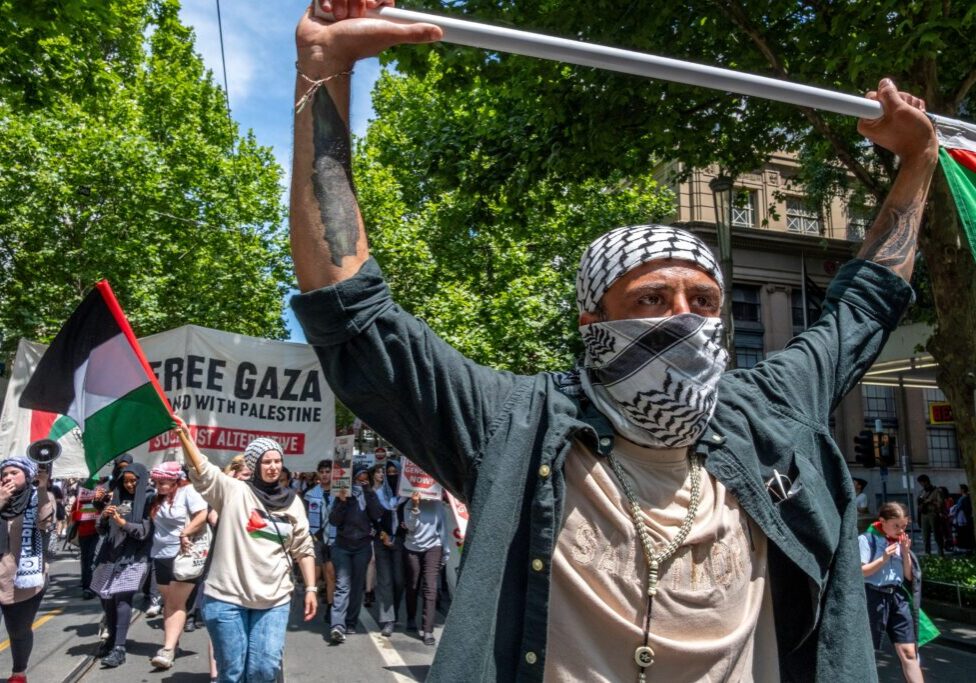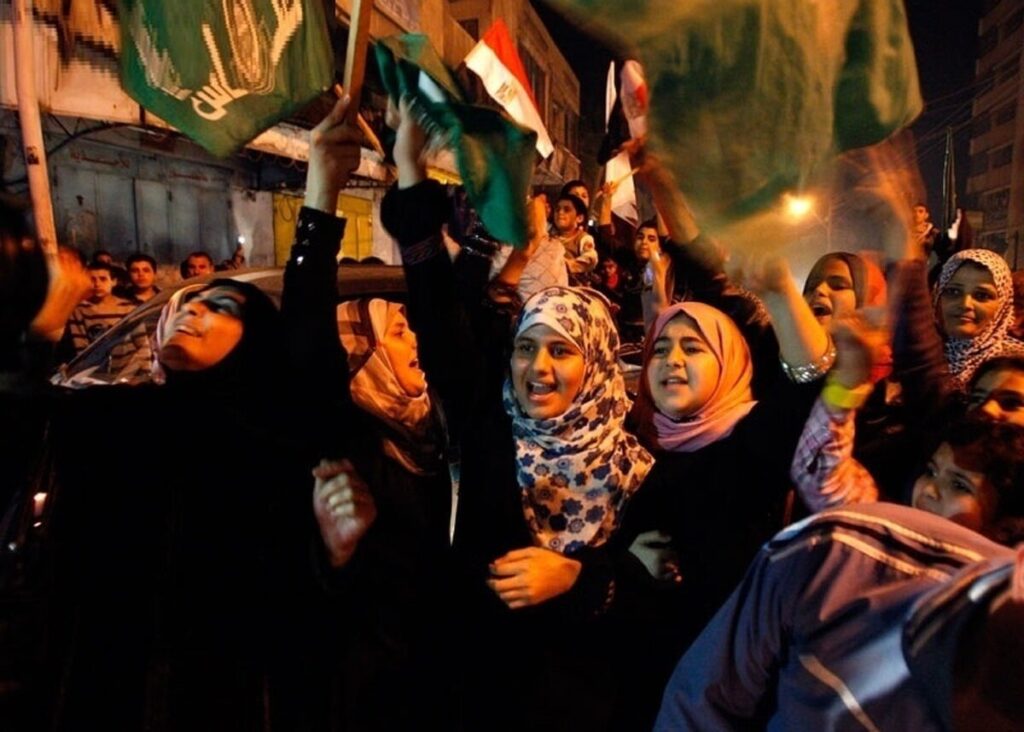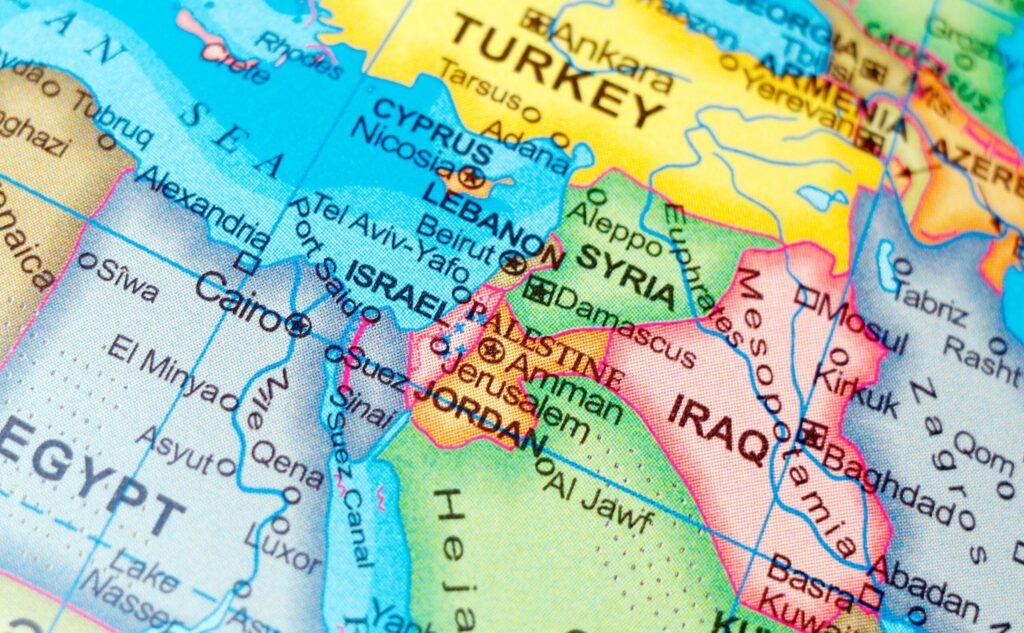IN THE MEDIA
Hamas has absolutely no interest in peace
Jan 9, 2009 | Colin Rubenstein
Colin Rubenstein
Australian Financial Review – January 9, 2009
Much attention will surely be focused on the tragic incident at the school in Jabaliya, Gaza, which was caused when Israeli forces responded to Hamas mortars being fired from there. But we cannot lose sight of the historical realities that remain important to understanding the current fighting and possible ways forward.
Conventional wisdom maintains that the current crisis began at the end of December, when Hamas declined to extend an informal cease fire in place since last June, launched hundreds of rockets at Israel, and Israel responded by launching an air and ground offensive against Hamas.
But the current crisis had been building well before that. Hamas and other Palestinian terrorist groups violated the “cease fire” practically on a daily basis, launching nearly 600 rockets and mortars specifically targeted at Israeli civilians during that time. And more than 6,300 such rockets and mortars were fired at Israel since August 2005, when Israel completely withdrew all settlers and soldiers from Gaza. The range and lethality of these rockets has steadily increased, thanks in large part to Iranian assistance. More than 900,000 Israelis now live within range of Hamas rockets, which include the “home made” Qassam as well as the more sophisticated Katyusha and even more powerful Iranian Fajr rockets.
This increasing level of violence and constant paralysis of many Israeli communities, not just the number of casualties, is the threat to which Israel is responding.
The figures also bear out two critical, often overlooked, points. First, Hamas’s rocket attacks predate Israel’s limited blockade of Gaza, and thus arguing that they are a response to the blockade fall flat. Moreover, these economic restrictions were only imposed after Hamas seized control of the strip from Fatah in a violent coup in June 2007 – not, as is commonly misstated, after Hamas won parliamentary elections in 2006.
Second, these attacks also are not in response to Israel’s “occupation” of Gaza, which ended in August 2005. Israel hoped an independent Gaza would become a model of economic and political development in a potential Palestinian state. Unfortunately, the result was the opposite: constantly increasing rocket fire from Gaza.
The fact that Hamas’s attacks against towns within pre-1967 Israel continued well-after Israel withdrew from Gaza yet also predate the economic blockade neatly illustrates Hamas’ true objection: Israel’s existence. This means that a lasting diplomatic resolution to the crisis is impossible as long as Hamas remains in control of Gaza. Those calling on Israel to “engage” with Hamas, or claiming that Hamas must be part of the solution, cannot escape one simple question: To what end?
Israel and the international community – embodied by the Middle East “Quartet” of Russia, the UN, EU and US – have offered to engage Hamas and lift the sanctions as soon as Hamas recognises Israel’s right to exist, renounces violence, and agrees to abide by previous agreements signed between the Palestinian Authority and Israel. It is hard to see less being asked for a party to join a “peace process”.
Yet Hamas has explicitly rejected doing any of the three, providing more evidence (as if any was needed) about its true aims and objections. As long as Hamas seeks to destroy Israel, engagement will be ineffective.
Worse, engaging with Hamas now would undermine the continuing negotiations between Israel and PA President Mahmoud Abbas. At the same time that Israel and the international community have sought to isolate Hamas, they have also bolstered Abbas and his Fatah party in the West Bank. The goal is to demonstrate to the Palestinian populace that benefits come through negotiation rather than violence.
This has been largely successful. Significant improvements in the security situation in the West Bank have allowed increased freedom of movement and economic development to follow. Awarding Hamas a seat at the table now, before it agrees to the basic requirements of any peace partner, would undermine those gains.
It is easy to say there is no “military solution” to the conflict with Hamas, and the Israeli government probably would agree. That is why the current operation was viewed as a last resort. Before launching this offensive, Israel pursued both economic measures (backed by the international community) and the diplomatic route (the cease fire mediated by Egypt) to stem the near-daily rocket fire.
The goal of the current military action remains the same: to degrade Hamas’s ability to launch rockets at Israel and bring a measure of calm to Israeli communities near the Gaza border. Importantly, Israel is not trying to destroy Hamas, but is targeting Hamas’s terrorist and rocket-launching infrastructure.
Moreover, and in clear contrast to Hamas, Israel is certainly not indiscriminately targeting Palestinian civilians. Just the opposite, Israel does everything in its power to avoid civilian casualties. It has even phoned residents of houses where Hamas has stored munitions and warned them to leave before an attack.
Civilian casualties in Gaza are a tragedy. But the fault lies squarely with Hamas, which, in violation of the laws of war, launches attacks from populated areas and protected places, and purposefully uses Gazans as human shields.
Over the years the Israeli government and populace have shown a willingness to make tangible concessions of land in exchange for a genuine peace. The current government was elected with a mandate to follow the Gaza withdrawal with a West Bank one, and Israeli politicians of all political stripes back a two-state resolution to the conflict.
At least in Gaza, those measures have been met with further violence. Until either economic or diplomatic measures become viable options, Israel still has to act to protect its citizens from the rockets being fired from Gaza.
Australians would no doubt want the same from their government if part of Australia was under constant attack.
Dr. Colin Rubenstein is the executive director of the Australia/Israel & Jewish Affairs Council and formerly a lecturer in Middle East politics at Monash University.
Tags: Israel

